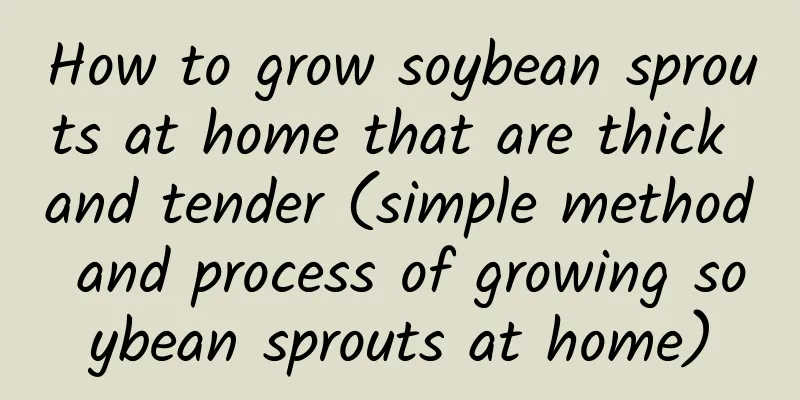Management techniques for kiwifruit in March

|
March is the critical stage for kiwifruit from the sap stage to the budding stage, and it is also the period when ulcer disease is most serious. Fruit farmers who grow kiwifruit should seize the opportunity and do a good job of management. Let’s learn about kiwifruit management techniques in March. 1. Prevention and treatment of ulcer disease 1. Treatment of lesions For diseased orchards, the entire orchard should be inspected every 4 to 6 days. After the lesions are found, different measures are taken according to the thickness of the branches: Thin branches: Cut off 20 cm below the lesion and apply medicine on the cut. Thick branches: If the lesion has caused girdling of branches and vines, cut them off 20 cm below the lesion; if the lesion has not caused girdling, use a knife to make several vertical cuts on the lesion, with a spacing of 1.5 cm between the cuts, to ensure that healthy tissue is cut. Then spray the cut with 4 to 6 times diluted "84 disinfectant" or 10% peracetic acid solution to fully soak the cut. If red pus still flows out the next day or the day after, continue spraying until clear water flows out. Finally, apply "Tu Kui" on the cut. Prevention of key areas: Apply "Tukui" original solution or diluted solution to all main trunks, main vines, bifurcations and 20 cm from the base of fruiting branches. 2. Shelf spray Spray 0.1% peracetic acid + 0.2%~0.5% copper sulfate on other parts of the shelf, or use 45% mancozeb (Sennamin), chlorpyrifos, cypermethrin and other agents. Spray once every 10 to 15 days. For Chinese kiwifruit varieties, when the new shoots grow to 5 to 10 cm after germination, spray 1500 to 1000 times diluted 50% chlorobromoisocyanuric acid in time to protect the base of the new shoots from infection by ulcer bacteria. 2. Fertilization Before germination: apply slow-release fertilizer, organic-inorganic mixed fertilizer, or a mixture of quick-acting chemical fertilizer and medical stone powder in a ratio of 1:2. After germination and before flowering: it is recommended to apply fast-acting high-nitrogen fertilizer with a nitrogen-phosphorus-potassium ratio of 2:1:2, which is equivalent to 42 kg of urea nitrogen per mu. Combine fertilization with irrigation, and apply 2 bags of "YouDaLu" fungal agent per mu along with the water. 3. Healthy roots For gardens and plants that were prone to leaf curling symptoms during high temperatures in previous years, if the sap flow is not obvious during the sap flow period, you can shallowly turn a layer of soil in the root distribution area (do not shovel the soil, and see the roots without exposing them), apply biological organic fertilizer and mix it with the soil, and then cover it with straw. Cover the soil with mulch after watering to promote root recovery. If there are ridges between rows of trees, they need to be leveled to expose the grafting points and promote root ventilation. When watering, apply 2 bags of "You Dai Lu" fungicide and 5 to 6 jin of EM fungicide per mu with the water. 4. Grafting Grafting during the sap flow period can be done by subcutaneous grafting, tongue grafting, single bud branch belly grafting and cleft grafting. There is no limit to the grafting height, and it is preferred to graft at a point where the scion and rootstock have the same diameter. If the rootstock is too thick, two small scion grafts can be inserted at the same position. To prevent the grafting site from being soaked in water, you can lightly cut a wound on the rootstock below the grafting site to drain some of the wound fluid. 5. Prevention and control of blossom rot and leaf diseases 1. After germination Spray 1500~1000 times diluted 50% chlorobromoisocyanuric acid in time to prevent leaf diseases that spread upward from the base of new shoots, and add 0.3% calcium chloride at the same time. 2. After budding Spray kasugamycin or chlorfenapyr, and add insecticides such as Bihu, amino acids or alginate and imidacloprid. 3. Before flowering Spray kasugamycin or chlorothalonil, add amino acids or alginate and superior fruits to enhance the disease resistance of the plant. The above are the key technical points for kiwifruit management in March. Through scientific management measures, the occurrence of diseases such as ulcers can be effectively prevented, promoting the healthy growth of kiwifruit and laying the foundation for a good harvest.
|
<<: Management techniques for strawberries in March
>>: Management methods for peach trees in March
Recommend
Breeding methods and precautions of Oplina
1. Soil It is best to use loose, well-drained soi...
What to do if the fuchsia buds fall off
In fact, bud dropping is not a big problem for yo...
Common diseases of turmeric and their control methods
Common diseases of green cloud grass: leaf spot S...
How to store daffodil bulbs after they bloom
Should the bulbs be thrown away? When many people...
Can yellow jasmine be grown indoors?
Can yellow jasmine be grown indoors? The yellow j...
When is the best time to plant corn?
Corn planting time The best time to plant corn is...
Use these 3 types of "water" to water flowers in autumn, and they will not rot roots or turn yellow leaves, and will grow vigorously!
Fermented soybean water is nutritious 1. Producti...
How to propagate peony
1. Seed propagation Choose healthy and full seeds...
Does the family need soil to grow lotus?
1. It is best to use soil It is best to use soil ...
How long does it take for the peace tree to adapt to the pot?
Peace tree acclimatization time If the peace lily...
The efficacy and function of loofah flowers
1. It can clear away heat and detoxify The flower...
Endless Summer: Do you prefer shade or sun?
Endless Summer: Do you prefer shade or sun? Endle...
How to grow Chlorophytum comosum
illumination Chlorophytum comosum likes light. Ex...
Is Mirabilis jasminoides poisonous?
Is Mirabilis jasminoides poisonous? Is Mirabilis ...
How to take care of the newly bought Brazilian iron
1. Soil In order to make the Brazilian iron plant...









